2021 – A Year for Something New…
The International Year of Caves and Karst! So, what is the Driftless Area and Karst?
The Driftless…
The Paleozoic Plateau (also known as the Driftless Area) is famed for being the areas where the giant glaciers of the last ice age just barely did not cover the land. Because no enormous slabs of ice were present, they did not leave any material behind when they melted, known as glacial drift, hence the term “Driftless”.
The elevation here ranges from approximately 600 – 1,700ft also means that there are many rare plants and animals that roam in this space. Because of its lack of glacial influence, this area did not get the incredibly thick coating of glacial sediment that areas with glaciers have. Those glacial drift coatings can be as thick as 600ft and the lack of it has caused many river valleys, caves, and sinkholes to be carved out by the power of water here in the Driftless Area.
Karst Carvings…
As years and years go by with millions and millions of gallons of water rushing past, rock and stone eventually, slowly give way, dissolving into geologic features known as Karst features. Though this can happen with a variety of rock types, Limestone is the primary rock type to find the underground passageways that are typical of Karst features.
Because of all the small secret tunnels that Karst features have and the lack of sediment above, water swiftly makes its way underground through the “Swiss Cheese” rock. Instead of staying aboveground and creating lakes and constant rivers, the water flows down into streams that flicker in and out of sight, hidden springs, sinkholes, underground caves, and blind valleys (the sudden ends to streams that vanish into sinkholes or depressions). Once the water makes its way down far enough, it merges with aquifers deep below or continues running as an underground river to flow further away.

Karst and Cave Care…
- Though these fascinating features are made of stone, they are surprisingly fragile, and thousands of years of nature’s work can break in a second when touched.
- Water and oil don’t mix and though that’s a familiar fact on the surface, it applies underground as well. The oils from skin can alter the way that water flows in a cave by redirecting it and preventing it from moving the way it normally does. This can make growing elements such as stalagmites or stalactites halt their growth and prevent a column from ever being made.
- The natural darkness in caves is what keeps such as damp area free of algae and moss. When too much light and heat from manmade light sources are in one of these areas, that can trigger those mosses and algae to grow, changing the cave’s natural ecosystem.
- Though water does receive some degree of natural filtration as it moves down through the stone into the underground, this organic purification cannot remove manmade pollutants that enter the water system on the surface. Chemicals, bacteria, microplastics and even small pieces of garbage/litter can be pulled down through sinkholes and reappear in other water springs. This could contaminate many sources for drinking water and other natural water elements such as rivers, streams, ponds, lakes and more.
- Chemicals and physical pollution aren’t the only dangers that can lurk in water. Many native water species, such as Trout and Bass fish, are extremely sensitive to sharp temperature changes, so sources of heat for the water that flows through Karst can have a very negative impact on the animals that live in it.

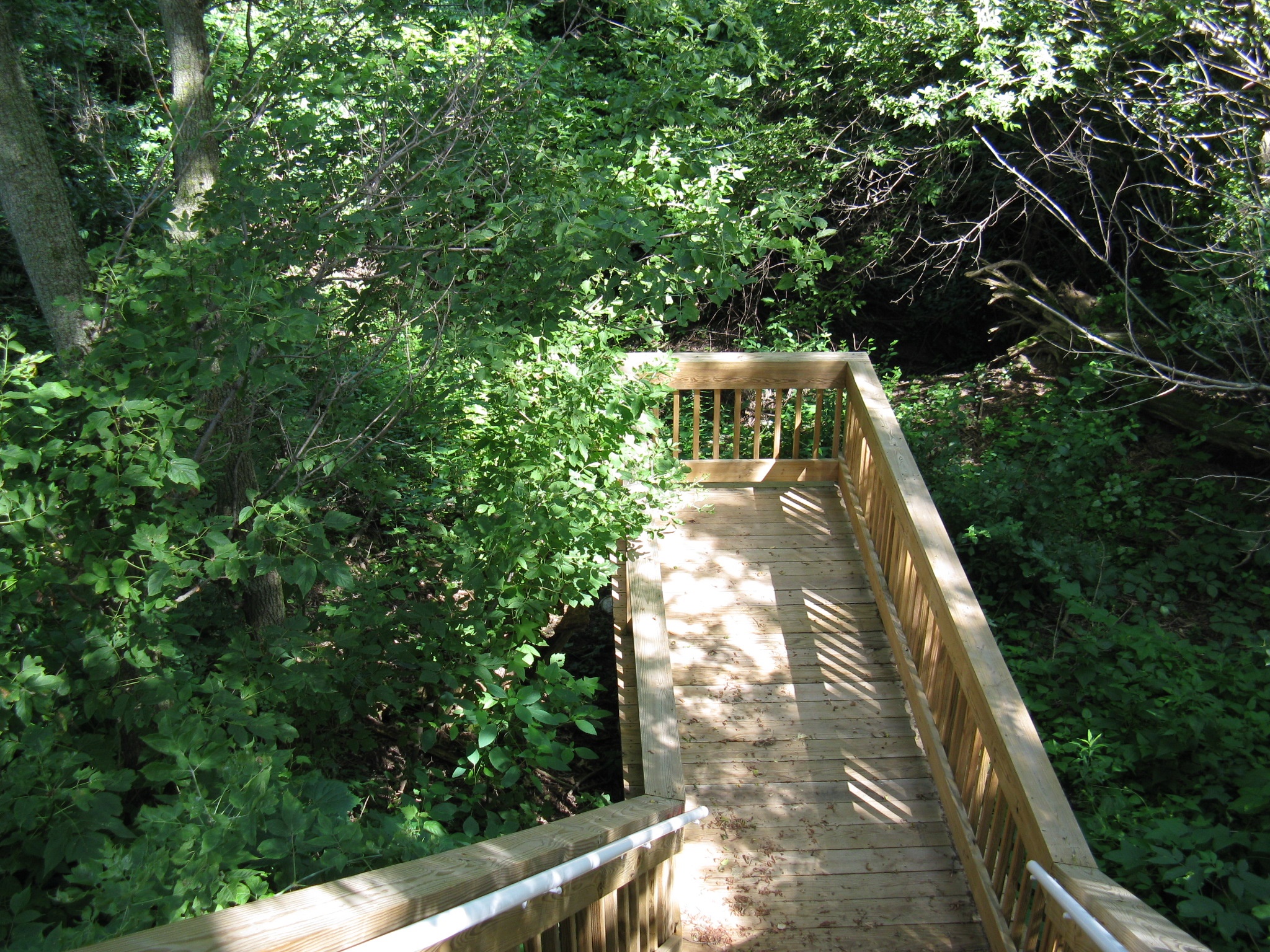
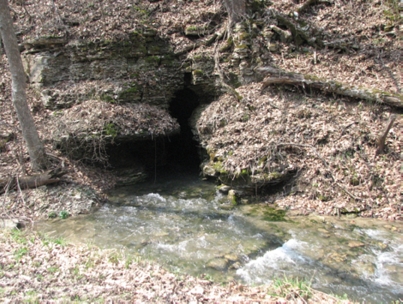

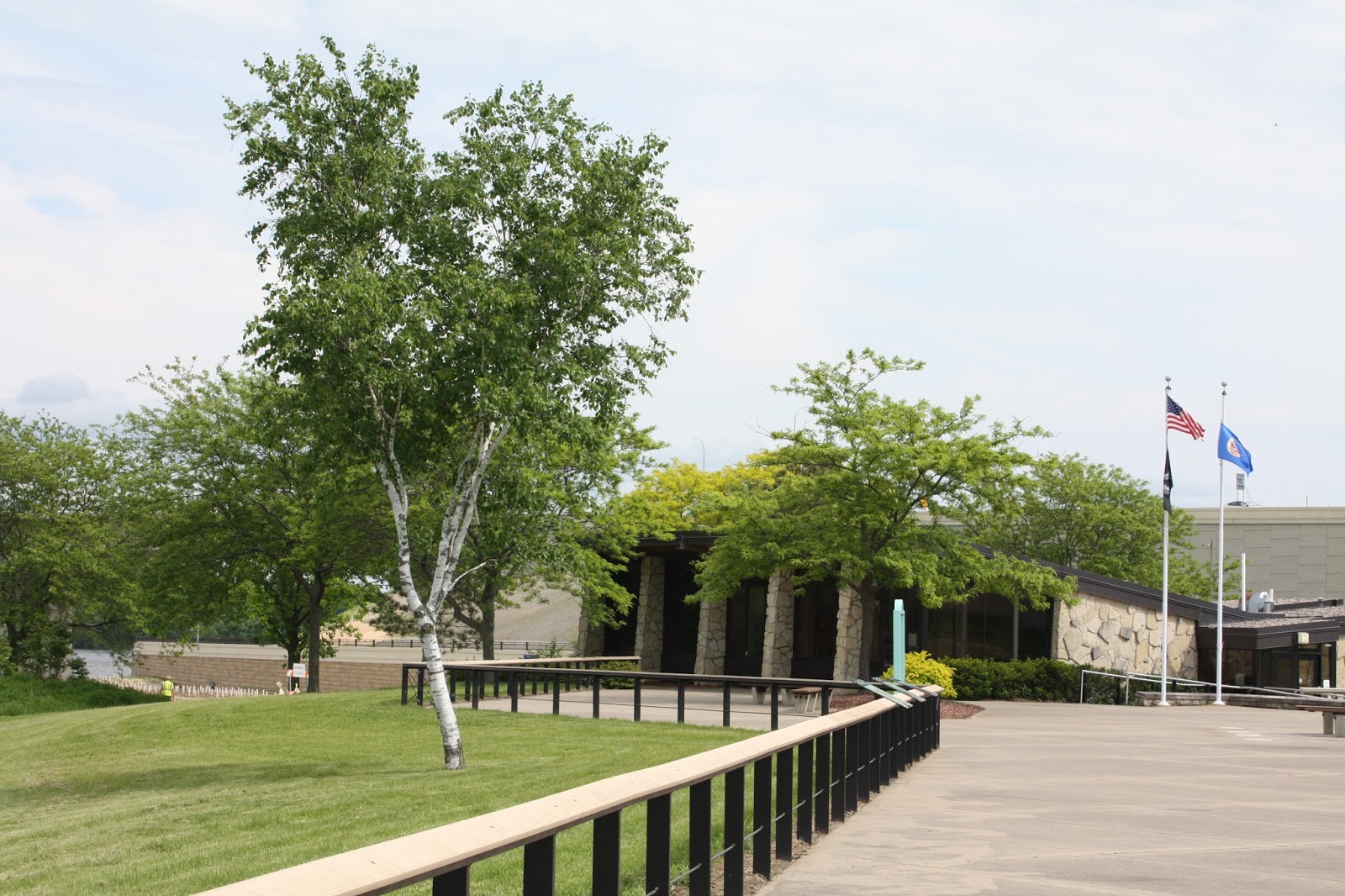

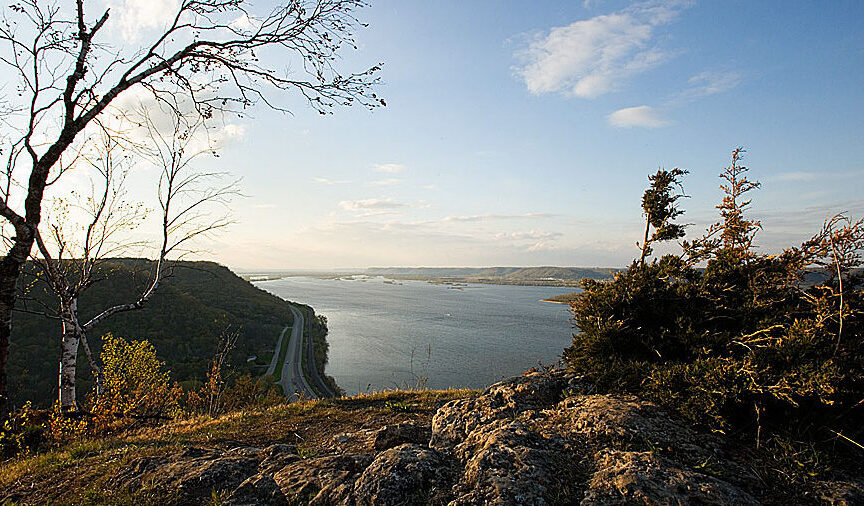
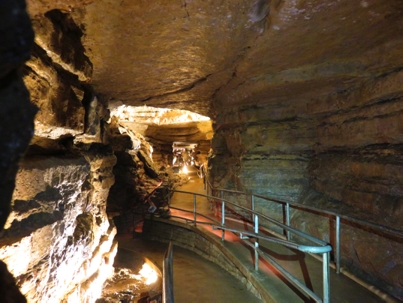
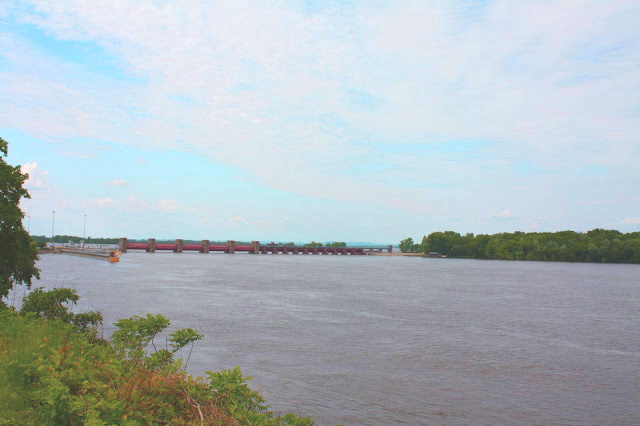
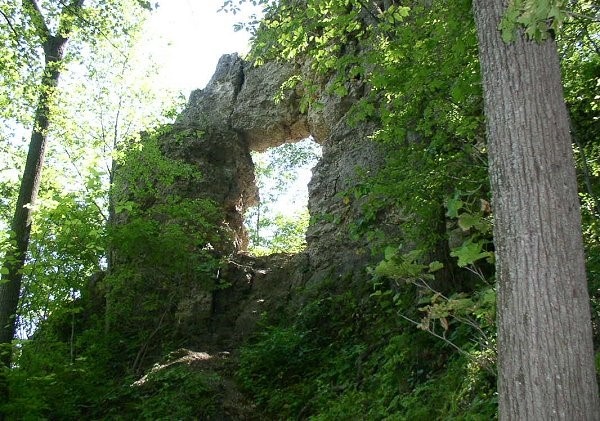
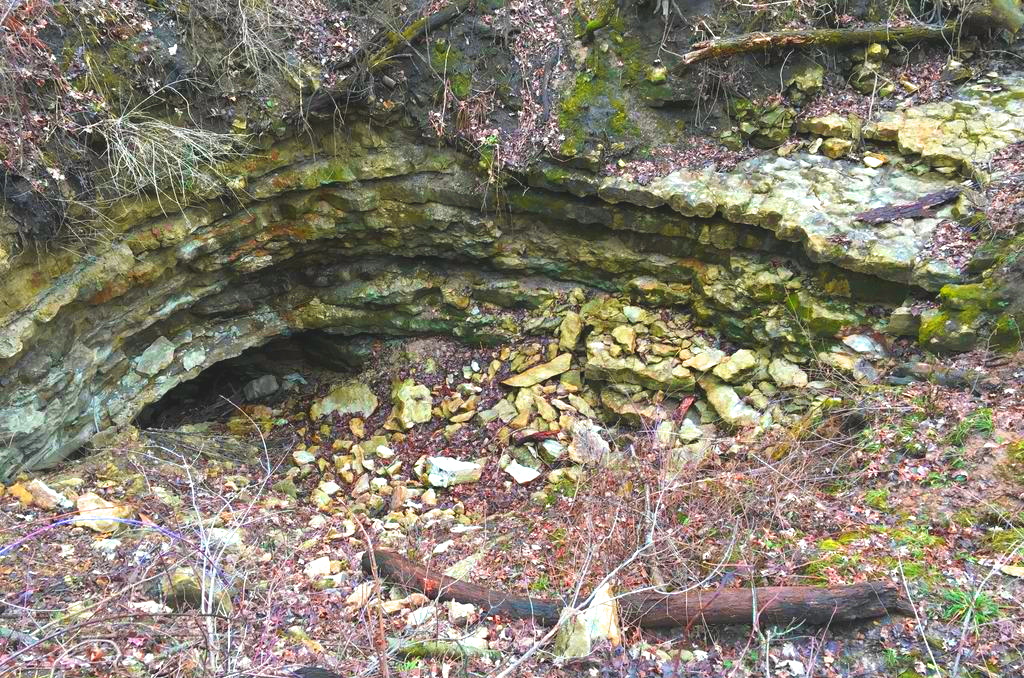
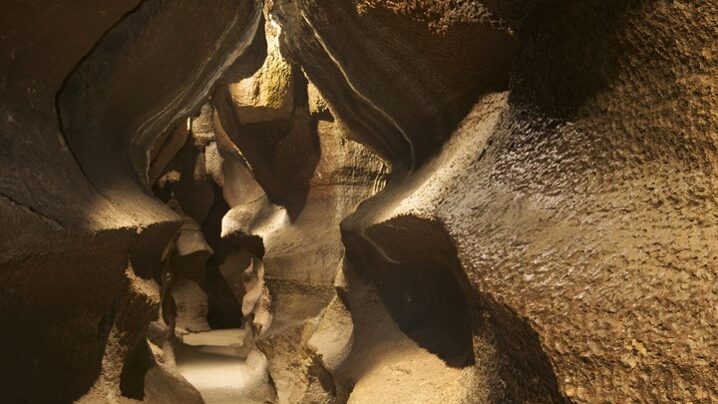
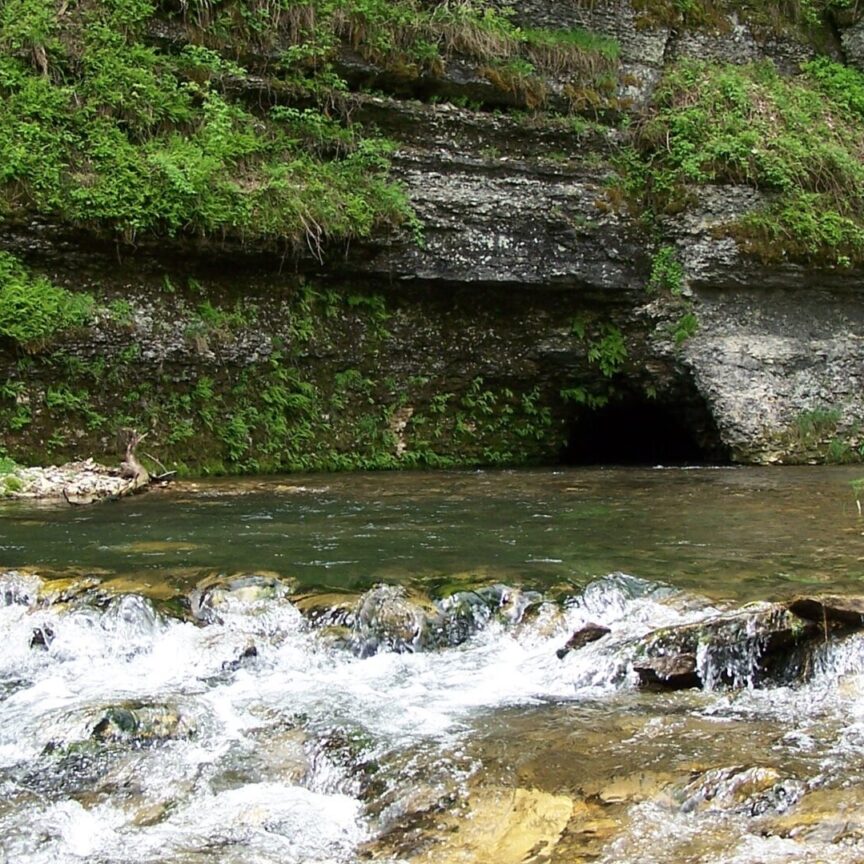
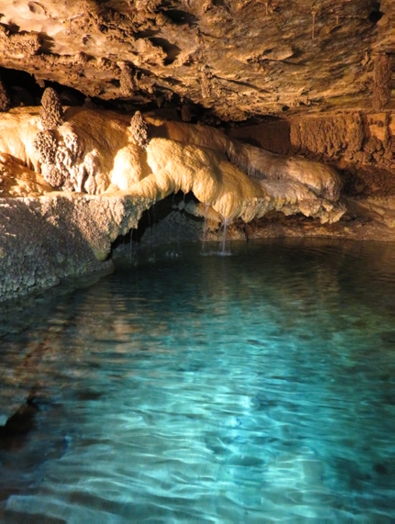
Where Would You Like to Go?